Home>Articles>How To Update Granite Countertops Without Replacing
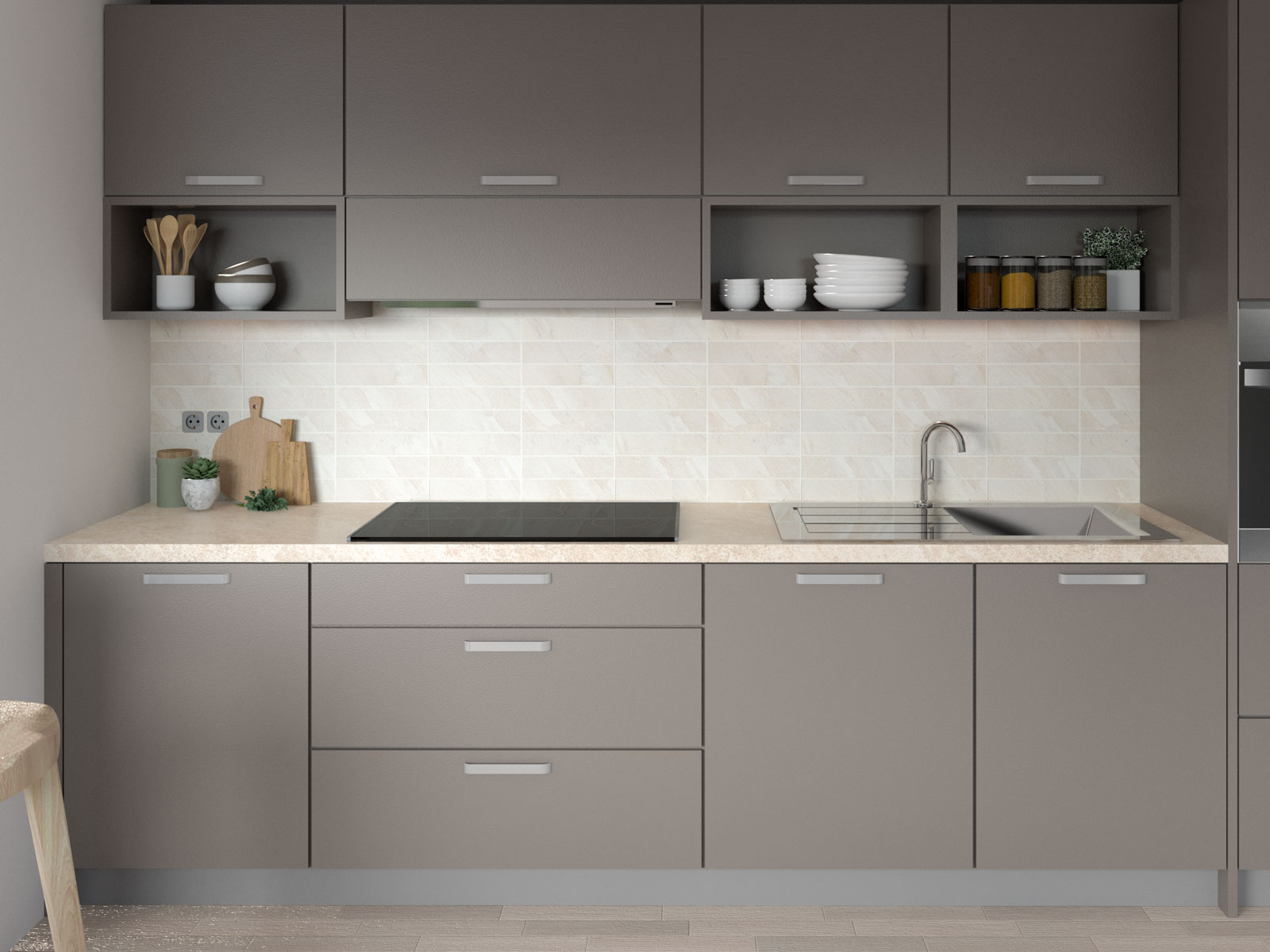

Articles
How To Update Granite Countertops Without Replacing
Modified: October 27, 2024
Discover helpful articles on how to update your granite countertops without the need for costly replacements. Explore our expert tips and techniques for a budget-friendly renovation.
(Many of the links in this article redirect to a specific reviewed product. Your purchase of these products through affiliate links helps to generate commission for Storables.com, at no extra cost. Learn more)
Introduction
Granite countertops are a timeless and durable choice for any kitchen or bathroom. However, over time, you may find yourself wanting to update the look of your granite countertops without the need for a complete replacement. Fortunately, there are several options available to give your countertops a fresh and updated appearance.
In this article, we will explore various methods to update granite countertops without the hassle of removing and replacing them. Whether you are looking to modernize the overall style or simply add a touch of personalization, there is a solution that will suit your needs.
Before we dive into the different techniques, it’s important to take some time to research and gather information about the updated countertop options available in the market today. By understanding the trends and innovations in countertop materials, you can make an informed decision about the best approach for your granite countertops.
Next, evaluate your current granite countertops. Take note of any damage, stains, or discoloration that may need some extra attention during the update process. This will help you determine which method is most suitable for your specific situation.
Now that you have a clear idea of your starting point, it’s time to decide on your desired update style. Are you looking to achieve a more modern, industrial look, or do you prefer a rustic and natural aesthetic? This will guide your choices in the upcoming steps.
One option to consider when updating granite countertops is to explore alternative treatments. These can include techniques like acid staining or etching, which can add unique patterns and textures to your countertops. Research these methods and consult with professionals to determine if they are compatible with your granite surface.
If you prefer a more dramatic change, you can update your granite countertops with paint. Yes, you read that right – you can paint your granite countertops! There are specially formulated paints available that can adhere to the smooth surface of granite. This option allows you to completely transform the color and appearance of your countertops.
Key Takeaways:
- Transform your granite countertops without replacing them by exploring alternative treatments like acid staining, etching, and sandblasting. Updating with paint, refinishing, and adding a complementary backsplash can also revitalize your space.
- Incorporate decorative accessories and practice proper maintenance to keep your updated granite countertops looking their best. From cleaning regularly to avoiding heavy weights, these tips will help preserve the beauty and functionality of your countertops.
Researching Updated Countertop Options
Before embarking on the journey of updating your granite countertops, it’s essential to research and explore the various countertop options available in the market. This will give you a better understanding of the trends, innovations, and materials that can help you achieve the desired update for your countertops.
Start by browsing through home improvement magazines, websites, and social media platforms to gather inspiration and ideas. Look for different countertop materials, colors, patterns, and textures that catch your eye. Pay attention to the overall style and aesthetic that resonates with your personal taste.
One popular countertop material on the market today is quartz. Quartz countertops are engineered using a combination of natural quartz stone and resins. They offer a wide range of colors and patterns, a durable and non-porous surface, and low maintenance requirements. Quartz can provide a modern and sleek look that complements a variety of kitchen or bathroom styles.
Another option to consider is solid surface countertops. These countertops are made from a combination of acrylic, polyester, or a blend of both. Solid surface countertops offer a seamless and smooth surface, with a wide array of colors and patterns to choose from. They are also highly resistant to stains and scratches, making them an excellent choice for high-traffic areas.
If you’re looking for a more eco-friendly option, consider exploring recycled glass countertops. These countertops are made from recycled glass materials, such as discarded bottles or windows, mixed with concrete or resin. They offer a unique and vibrant appearance, as well as the durability and heat resistance of traditional countertops.
Natural stone alternatives to granite include marble and soapstone. Marble countertops are known for their elegance and timeless beauty. They come in a variety of colors and patterns, but it’s important to note that marble is more prone to staining and scratching compared to other materials. Soapstone countertops, on the other hand, have a softer and warmer appearance. They are highly resistant to heat and stains but may require regular oiling to maintain their appearance.
Researching updated countertop options allows you to make an informed decision based on factors such as durability, maintenance requirements, cost, and aesthetics. Consider visiting countertop showrooms or consulting with professionals in the industry to get a better understanding of the different materials and their suitability for your specific needs.
By investing time in research, you can ensure that the updated countertop option you choose will not only enhance the visual appeal of your space but also provide long-lasting functionality for years to come.
Evaluating Your Current Granite Countertops
Before deciding on the best approach to update your granite countertops, it’s important to evaluate their current condition. This assessment will help you determine if any repairs or preparation work is necessary before implementing the desired changes.
Start by examining the surface of your granite countertops for any signs of damage or wear. Look for scratches, cracks, chips, or stains that may need to be addressed. Minor imperfections can often be repaired using specialized granite repair kits, while more significant damage may require professional assistance.
If you have any deep stains on your granite countertops, it’s worth exploring different stain removal options before making a decision on the update. There are various stain removers available on the market that can effectively remove stains caused by food, beverages, or chemicals. Follow the instructions provided with the stain remover carefully, and test it on a small, inconspicuous area of the countertop before applying it to the entire surface.
In addition to evaluating the condition of the granite itself, consider the overall layout and design of your kitchen or bathroom. Take into account the color scheme, cabinetry, flooring, and other elements that will interact with the updated countertops. This will help you make an informed decision on the best update method that will harmonize with the existing aesthetic.
It is also important to determine whether your current granite countertops are structurally sound. Check for any signs of degrading or loosening of the countertop material near the edges or seams. If there are any stability issues, it is advisable to consult with a professional installer to address these concerns before proceeding with the update.
During your evaluation, consider your lifestyle and usage patterns in the kitchen or bathroom. Are there any specific features or functionalities that you need from your countertops? For example, if you frequently use your countertop as a workspace, you may want to prioritize durability and resistance to scratches. If you entertain guests often, you may want to choose a material that is resistant to stains and easy to clean.
By thoroughly evaluating your current granite countertops, you can identify any necessary repairs or preparations that need to be taken before updating them. This evaluation will ensure that the update process goes smoothly and that the final result meets your expectations in terms of both aesthetics and functionality.
Determining Your Desired Update Style
Once you’ve assessed the condition of your granite countertops, the next step is to determine the desired update style that you want to achieve. This decision will guide you in selecting the appropriate methods and materials to update your countertops.
Start by considering the overall aesthetic and design theme of your kitchen or bathroom. Do you prefer a modern, minimalist look or a more traditional and rustic feel? Understanding your personal style and the existing decor will help you choose an update that seamlessly integrates with the overall design scheme.
If you’re looking for a subtle and understated update, consider enhancing the natural beauty of your granite countertops. Choose complementary elements and accents that highlight the unique pattern and color variations of your granite. For instance, you can choose to incorporate neutral-toned accessories, such as brushed metal utensils or ceramic accent pieces.
If you want to make a more noticeable change, consider updating the color scheme of your countertops. This can be done through different methods, such as painting or refinishing. Opt for a bold and contrasting color to create a striking visual impact. For example, if your kitchen has a predominantly white color scheme, updating your granite countertops with a deep charcoal or navy color can create a dramatic effect.
Another option is to choose an alternative countertop material that complements the granite. For instance, you can install a separate countertop material on an island or a small section of your kitchen. This allows you to create a visually appealing contrast between the granite and the new material, adding depth and dimension to your space.
Consider the functionality you desire from your countertops. If you use your countertops for meal preparation, you may want to opt for a more durable surface that can withstand heavy-duty use. On the other hand, if you primarily use your countertops for display purposes, you can focus more on aesthetics and visual appeal.
Ultimately, the desired update style should reflect your personal taste and preferences. Take the time to gather inspiration from magazines, online sources, or even visit showrooms to get a better understanding of the different design possibilities. This research will help you refine your vision and make informed decisions on which updates will best achieve your desired style.
By determining your desired update style, you can ensure that the changes you make to your granite countertops align with your overall design vision and create a cohesive and visually pleasing space in your kitchen or bathroom.
Exploring Alternative Treatments for Granite Countertops
If you’re looking to update the appearance of your granite countertops without replacing them, exploring alternative treatments can be a creative and cost-effective solution. These treatments can add unique textures, patterns, or colors to your countertops, allowing you to personalize your space and give it a fresh new look. Let’s explore some popular alternatives:
1. Acid staining: Acid staining is a technique that involves applying a specialized acid stain to the surface of your granite countertops. This process can create a variety of marbled, mottled, or earth-tone effects, giving your countertops a distinctive and organic appearance. Acid staining is suitable for granite surfaces that are less porous, as the acid needs to penetrate the surface to achieve the desired effect. It’s important to consult with professionals who are experienced in acid staining to ensure a successful and safe application.
2. Etching: Etching is a process that involves using acidic substances to create textured designs or patterns on the surface of your granite countertops. This technique can give your countertops a unique and artistic look, adding depth and visual interest. Etching can be performed by professionals or through DIY kits, but it’s important to follow proper safety precautions and ensure that you are using the correct materials for your specific granite surface.
3. Sandblasting: Sandblasting is a method that involves spraying fine particles of abrasive material onto the surface of your granite countertops. This process can create various textures, such as a rough or matte finish. Sandblasting allows you to achieve a rustic or industrial look, adding character and uniqueness to your countertops. It’s important to hire skilled professionals who have experience in sandblasting granite to ensure precise and consistent results.
4. Applying a faux finish: Another alternative treatment option is to apply a faux finish to your granite countertops. This involves using specialized paint or glaze to mimic the appearance of other materials, such as marble, concrete, or wood. Faux finishing can give your countertops a completely different look, allowing you to experiment with different styles and textures. It’s important to use products specifically designed for use on granite surfaces and follow proper application techniques to achieve a realistic and durable finish.
5. Adding overlays: If you’re looking for a dramatic change, consider adding overlays to your granite countertops. Overlays are thin layers of material, such as concrete or quartz, that can be applied directly onto the existing granite surface. This method can completely transform the appearance of your countertops, creating a fresh and modern look. Overlays should be installed by professionals who have experience in working with both granite and overlay materials.
When exploring alternative treatments for your granite countertops, it’s important to consider the durability and maintenance requirements of the chosen method. Some treatments may require additional sealing or periodic touch-ups to maintain their appearance over time. Consult with professionals or experts in the field to ensure that the alternative treatment you choose is compatible with the specific type of granite you have.
Exploring alternative treatments allows you to customize and update your granite countertops according to your personal style and preferences. Whether you prefer a natural, earthy look or a bold and artistic statement, these treatments offer endless possibilities for transforming your countertops while preserving their inherent beauty and functionality.
Updating Granite Countertops with Paint
If you’re looking to give your granite countertops a fresh and updated look, one surprisingly effective option is to update them with paint. While it may sound unconventional, using specially formulated paints designed for use on granite surfaces can completely transform the color and appearance of your countertops. This allows you to achieve a whole new aesthetic without the need for a costly and time-consuming replacement. Here’s how you can update your granite countertops with paint:
1. Choose the right paint: Look for paints specifically made for granite surfaces. These paints are usually acrylic-based and designed to adhere well to the smooth surface of granite. It’s important to choose a paint that is durable, stain-resistant, and heat-resistant to ensure the longevity of your updated countertops.
2. Clean and prepare the surface: Before painting, thoroughly clean your granite countertops to remove any dirt, grime, or residue. Use a gentle, non-abrasive cleaner to ensure that the surface is completely clean and dry. It’s also a good idea to lightly sand the surface to create a rough texture, which will help the paint adhere better.
3. Prime the surface: Applying a granite primer is an important step to ensure proper adhesion of the paint. The primer creates a bond between the granite surface and the paint, promoting better durability and longevity. Follow the instructions provided with the primer, and allow it to dry completely before moving on to the next step.
4. Apply the paint: Use a brush or roller to apply the paint to your granite countertops. Begin by working on a small section at a time, using smooth and even strokes. Depending on the desired color and coverage, you may need to apply multiple coats of paint. Allow each coat to dry fully before applying the next one, following the manufacturer’s instructions for drying time.
5. Seal the paint: Once the paint has dried, it’s crucial to seal it with a protective topcoat. This will help prevent chipping, staining, and wear over time. Choose a sealant specifically made for painted granite countertops and apply it according to the manufacturer’s instructions. Multiple layers of sealant may be necessary for added protection.
6. Maintain and care for your updated countertops: To ensure the longevity of your painted granite countertops, it’s important to practice proper care and maintenance. Avoid using abrasive cleaners or scrubbing pads that may damage the paint. Instead, use a gentle, non-abrasive cleaner and a soft cloth for regular cleaning. It’s also advisable to use cutting boards and trivets to prevent scratches and heat damage.
Updating granite countertops with paint is a cost-effective and creative way to give your kitchen or bathroom a new and refreshed look. It allows you to customize the color and style of your countertops to match your personal taste and the existing decor. With proper preparation, application, and maintenance, your updated granite countertops can provide years of beauty and functionality in your space.
Consider resealing your granite countertops to give them a fresh look. This can help to fill in any minor scratches or imperfections and restore the shine.
Refinishing Granite Countertops
If you’re looking to update the appearance of your granite countertops and bring them back to their original glory, refinishing is a great option. Refinishing can help restore the shine, repair minor imperfections, and give your countertops a fresh new look, all without the need for a complete replacement. Here’s how you can refinish your granite countertops:
1. Clean the countertops: Start by thoroughly cleaning your granite countertops with a gentle, non-abrasive cleaner. Remove any dirt, grime, or residue, ensuring that the surface is clean and dry before proceeding. This will help provide a smooth and even surface for the refinishing process.
2. Repair minor damages: If your granite countertops have any minor chips or scratches, now is the time to repair them. Use a granite repair kit or epoxy resin specifically designed for granite surfaces. Follow the instructions provided with the kit to fill in the imperfections and let them cure according to the drying time mentioned.
3. Sand the surface: Using a fine-grit sandpaper or a diamond sanding pad, gently sand the surface of your granite countertops. This step helps remove any roughness, etches, or stains present on the surface. Sanding will also promote better adhesion of the refinishing products. Be sure to sand evenly in a circular motion, taking care not to apply too much pressure that may damage the surface.
4. Apply a refinishing product: There are various refinishing products available specifically for granite countertops. These products include polishers, sealants, or granite-specific refinishing kits. Follow the instructions provided with the product and apply it evenly across the entire surface of your countertops. This will help restore the shine, enhance the color, and protect the granite from future damage.
5. Buff and polish the surface: After applying the refinishing product, use a soft cloth or a buffing pad to buff and polish the surface of your granite countertops. This step helps to bring out the vibrant colors and restore the natural luster of the stone. Buff in a circular motion, applying mild pressure to achieve a smooth and glossy finish.
6. Seal the countertops: To ensure the long-term protection and durability of your refinished granite countertops, it’s important to seal them. Choose a high-quality granite sealer that is specifically formulated for use on countertops. Apply the sealer according to the manufacturer’s instructions, ensuring even coverage across the entire surface. Allow the sealer to dry completely before using your countertops.
7. Maintain and care for your refinished countertops: Proper care and maintenance are essential to preserve the beauty and longevity of your refinished granite countertops. Avoid using harsh or abrasive cleaners that may damage the surface. Instead, use a mild, pH-neutral cleaner and a soft cloth for regular cleaning. Wipe up spills promptly and use cutting boards and trivets to protect the surface from scratches and heat damage.
Refinishing your granite countertops is an excellent way to breathe new life into your kitchen or bathroom while saving time and money. With the right products and proper techniques, you can give your countertops a refreshed and rejuvenated appearance that will impress for years to come.
Adding a Backsplash to Complement Your Granite Countertops
One effective way to update the look of your granite countertops and enhance their visual appeal is by adding a complementary backsplash. A backsplash not only serves as a practical solution to protect your walls from moisture and stains but also adds a decorative element that can tie the entire kitchen or bathroom design together. Here are some steps to consider when adding a backsplash to complement your granite countertops:
1. Choose the right material: When selecting a material for your backsplash, consider the color and style of your existing granite countertops. Look for materials that complement the colors and patterns of the granite, creating a cohesive and visually pleasing combination. Popular options for backsplashes include ceramic or porcelain tiles, glass, natural stone, or even stainless steel.
2. Coordinate the color scheme: To ensure a harmonious look, select a backsplash color that complements the dominant hues in your granite countertops. Consider using a color wheel to identify complementary or contrasting colors that will enhance the overall aesthetic. This will create a pleasing visual balance between the countertops and the backsplash. Remember to also take into account the colors of the cabinets, flooring, and other elements in the space.
3. Decide on the style and pattern: The style and pattern of the backsplash can play a significant role in tying the look of your granite countertops together. Choose a style that complements the overall design theme of your kitchen or bathroom. For example, if you have a traditional kitchen, consider a classic subway tile pattern. If you have a modern space, explore more geometric or mosaic patterns. Also, think about the size and scale of the tiles or patterns to ensure they harmonize with the size of your countertops.
4. Install the backsplash: Before installing the backsplash, ensure that the area is properly prepared. Remove any existing backsplash, clean the wall surface, and repair any imperfections. Depending on the material you choose, you may need to lay out a dry run to determine the best layout and arrange the tiles or materials accordingly. Follow the manufacturer’s instructions for adhesive or mortar application, and use the appropriate tools for cutting and shaping the materials.
5. Grout and seal: Once the backsplash tiles or materials are installed, apply grout to fill the gaps between them. Choose a grout color that matches or complements the overall look of the backsplash. After the grout has dried, seal the entire backsplash to protect it from stains and moisture. The sealing process may vary depending on the material you choose, so follow the manufacturer’s instructions for the specific sealant.
6. Enjoy the finished look: Once the backsplash is installed, step back and enjoy the completed look of your updated granite countertops. The backsplash will not only enhance the aesthetic appeal of your kitchen or bathroom but also provide an additional layer of protection for your walls.
Adding a backsplash that complements your granite countertops is an excellent way to elevate the overall look and design of your space. By choosing the right materials, coordinating colors and patterns, and following proper installation techniques, you can create a cohesive and visually stunning combination that will transform your kitchen or bathroom into a beautiful and functional space.
Incorporating Decorative Accessories
When updating your granite countertops, don’t overlook the power of incorporating decorative accessories. These small details can make a big impact on the overall look and feel of your kitchen or bathroom. By carefully selecting and arranging decorative accessories, you can add personality, style, and a touch of your own creativity to your space. Here are some tips on how to incorporate decorative accessories:
1. Choose a theme or style: Decide on a theme or style that reflects your personal taste and complements your granite countertops. Whether it’s a modern, farmhouse, coastal, or rustic theme, having a clear style in mind will guide your choices for decorative accessories. Use this theme as a starting point to select items that align with the overall vibe you want to achieve.
2. Consider the colors and materials: Take into account the colors and materials already present in your space, including the granite countertops, cabinetry, and flooring. Choose decorative accessories that complement or contrast with these existing elements. For example, if your granite countertops have warm earth tones, consider incorporating accessories in complementary or contrasting cool colors like blues or greens to add visual interest.
3. Select a variety of textures: Incorporating accessories with different textures can add depth and visual appeal to your space. Mix smooth, shiny objects with rough or textured ones to create an interesting contrast. For instance, you can place a ceramic vase with a glossy finish next to a rustic wooden cutting board. Experiment with different textures, such as glass, metal, wood, or natural fibers, to create a visually pleasing arrangement.
4. Organize in groups or vignettes: Instead of randomly scattering accessories around your countertop, group them together to create visually appealing vignettes. A vignette is a small arrangement of accessories that tells a story or evokes a certain mood. For example, you can create a vignette of a few cookbooks, a small potted herb plant, and a decorative cutting board to convey a culinary theme. Play with different heights, shapes, and sizes to add dimension and interest to your vignettes.
5. Balance and symmetry: Achieve a sense of balance and symmetry by incorporating accessories in pairs or multiples. For example, flank your countertop with a pair of matching decorative jars or candlesticks. This creates a pleasing visual harmony and adds a touch of elegance to your space. However, don’t be afraid to break away from symmetry and experiment with asymmetrical arrangements for a more eclectic or artistic look.
6. Display functional and decorative items: Incorporate both functional and decorative accessories to make your countertop both beautiful and practical. For instance, display a stylish soap dispenser or a set of decorative spice jars that are not only visually appealing but also serve a functional purpose. This way, you can maximize the use of your countertop space while adding a decorative touch.
7. Rotate and refresh: Don’t be afraid to periodically rotate and refresh your decorative accessories to keep your space feeling fresh and updated. Swap out seasonal items, change the arrangement, or introduce new accessories to reflect your evolving style. This allows you to continuously update the look of your granite countertops without major changes or expenses.
Incorporating decorative accessories is a simple and effective way to infuse your own personal style into your space while enhancing the beauty of your granite countertops. By carefully selecting and arranging complementary items, you can transform your kitchen or bathroom into an inviting and stylish area that truly reflects your unique taste and personality.
Read more: How Durable Is Granite Countertops
Maintaining and Caring for Updated Granite Countertops
Once you have updated your granite countertops, it’s important to establish a routine maintenance and care plan to ensure they remain in pristine condition for years to come. Proper care and maintenance not only preserve the beauty of your updated countertops but also help extend their lifespan and protect them from damage. Here are some tips for maintaining and caring for your updated granite countertops:
1. Clean regularly: Regular cleaning is crucial for keeping your granite countertops looking their best. Wipe down the surface with a soft cloth or sponge and a gentle, non-abrasive cleaner. Avoid harsh chemicals, vinegar, ammonia, or abrasive cleaners that can damage the sealants or the surface of the granite. Opt for cleaners specially formulated for granite surfaces or a mixture of mild dish soap and warm water.
2. Immediately wipe up spills: Granite is a porous material, and prolonged exposure to liquids can cause staining. To prevent stains, quickly wipe up any spills, especially acidic substances like citrus juices or wine. Blot the spills instead of rubbing to avoid spreading them. For stubborn stains, consult with professionals or use a granite-specific stain remover following the manufacturer’s instructions.
3. Use cutting boards and trivets: To prevent scratching or damaging the surface of your granite countertops, always use cutting boards and trivets. Avoid directly cutting or placing hot pans, pots, or utensils directly on the granite surface, as the heat can cause thermal shock and potentially crack or damage the countertop. Using protective barriers will help maintain the beauty and integrity of your updated countertops.
4. Avoid abrasive cleaning tools: When cleaning your granite countertops, opt for soft cloths or sponges instead of harsh scrub brushes or abrasive pads. Scrubbing the surface with abrasive tools can scratch or dull the finish of the granite. Gentle and careful cleaning methods will help preserve the smoothness and shine of your updated countertops.
5. Regularly seal the granite: Granite countertops should be sealed periodically to maintain their protection against stains and moisture. How often you need to reseal your countertops will depend on the type of sealant used and the level of use and maintenance. Follow the manufacturer’s recommendations for sealing frequency, and ensure that the surface is thoroughly cleaned and dry before applying the sealant.
6. Avoid heavy weights or impact: Although granite is a durable material, it’s still important to avoid placing heavy objects or applying excessive force on the surface. Avoid standing or sitting on the countertops, as this can cause cracks or damage. Be cautious when handling heavy kitchen appliances or equipment near the edges of the countertops to prevent accidental impact.
7. Regularly inspect and maintain the caulking: Check the caulking around the edges of your granite countertops for any signs of damage or wear. Damaged caulking can lead to water seepage and potential damage to the underlying structure. Stay vigilant and replace any damaged or deteriorating caulking promptly to maintain the integrity of your countertops.
By following these maintenance and care tips, you can ensure that your updated granite countertops remain beautiful and functional for years to come. Regular cleaning, precautionary measures, and proper maintenance will help you preserve the natural beauty and elegance of your countertops, allowing you to enjoy them for a long time.
Conclusion
Updating and refreshing your granite countertops can breathe new life into your kitchen or bathroom without the need for a complete replacement. Whether you’re looking to change the color, add texture, or simply enhance the overall aesthetic, there are various options available to suit your needs. Throughout this article, we’ve explored different methods to update granite countertops without the hassle and expense of a full replacement.
Starting with thorough research on updated countertop options, you gathered information about the latest trends and materials in the market. By evaluating the current condition of your granite countertops, you were able to identify any repairs or preparations necessary before proceeding with the update. Determining your desired update style helped you narrow down the choices and envision the final look you wanted to achieve.
Exploring alternative treatments such as acid staining, etching, and sandblasting provided you with creative ways to add unique patterns and textures to your countertops. Updating granite countertops with paint allowed you to completely transform their color and appearance. Refinishing your granite countertops helped restore their shine and address minor imperfections, while adding a complementary backsplash enhanced the overall design and protected your walls.
Incorporating decorative accessories and practicing proper maintenance and care ensured the longevity and beauty of your updated granite countertops. By choosing the right accessories, arranging them thoughtfully, and following a routine cleaning and maintenance routine, you were able to showcase your personal style and keep your countertops looking their best.
Updating granite countertops can be a rewarding and cost-effective way to revitalize your space. It allows you to achieve the look you desire while saving time and money compared to a complete replacement. With a little creativity and attention to detail, you can transform your kitchen or bathroom into a beautiful and inviting space that reflects your unique style and personality.
Remember, each update method has its own considerations and techniques, so be sure to do thorough research and consult with professionals when necessary. Enjoy the process of updating your granite countertops and take pride in the transformed space you create!
Frequently Asked Questions about How To Update Granite Countertops Without Replacing
Was this page helpful?
At Storables.com, we guarantee accurate and reliable information. Our content, validated by Expert Board Contributors, is crafted following stringent Editorial Policies. We're committed to providing you with well-researched, expert-backed insights for all your informational needs.
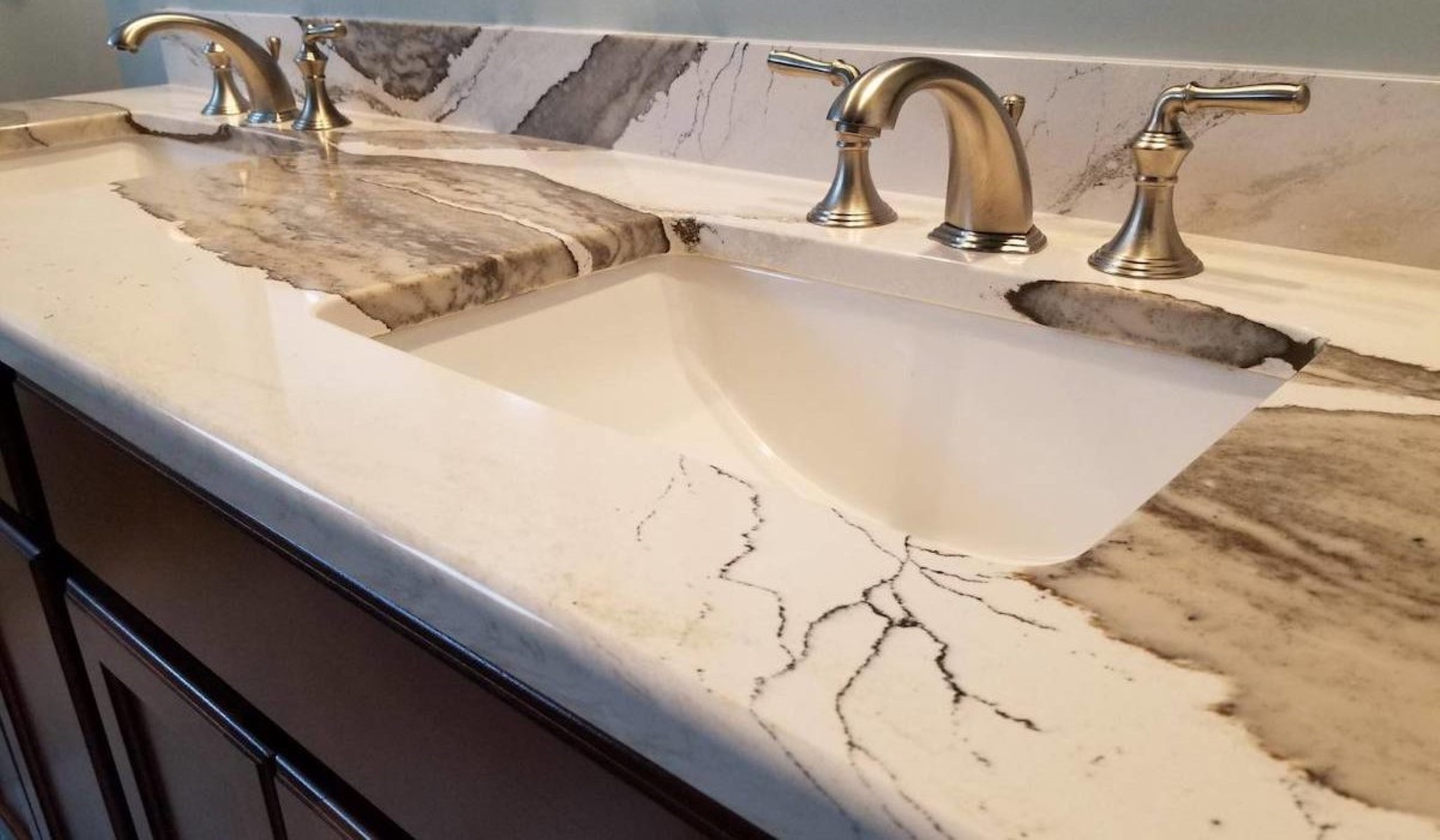
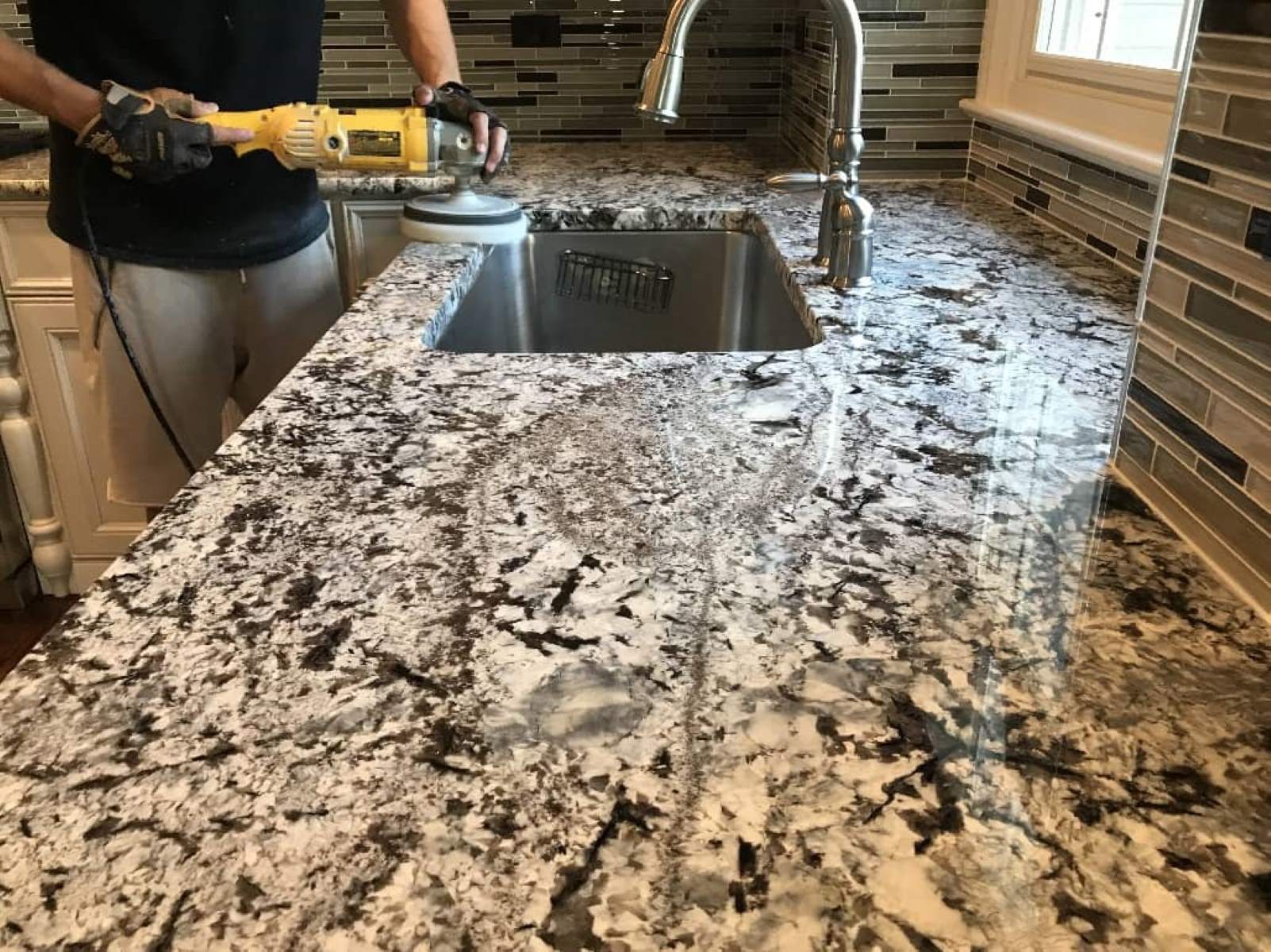
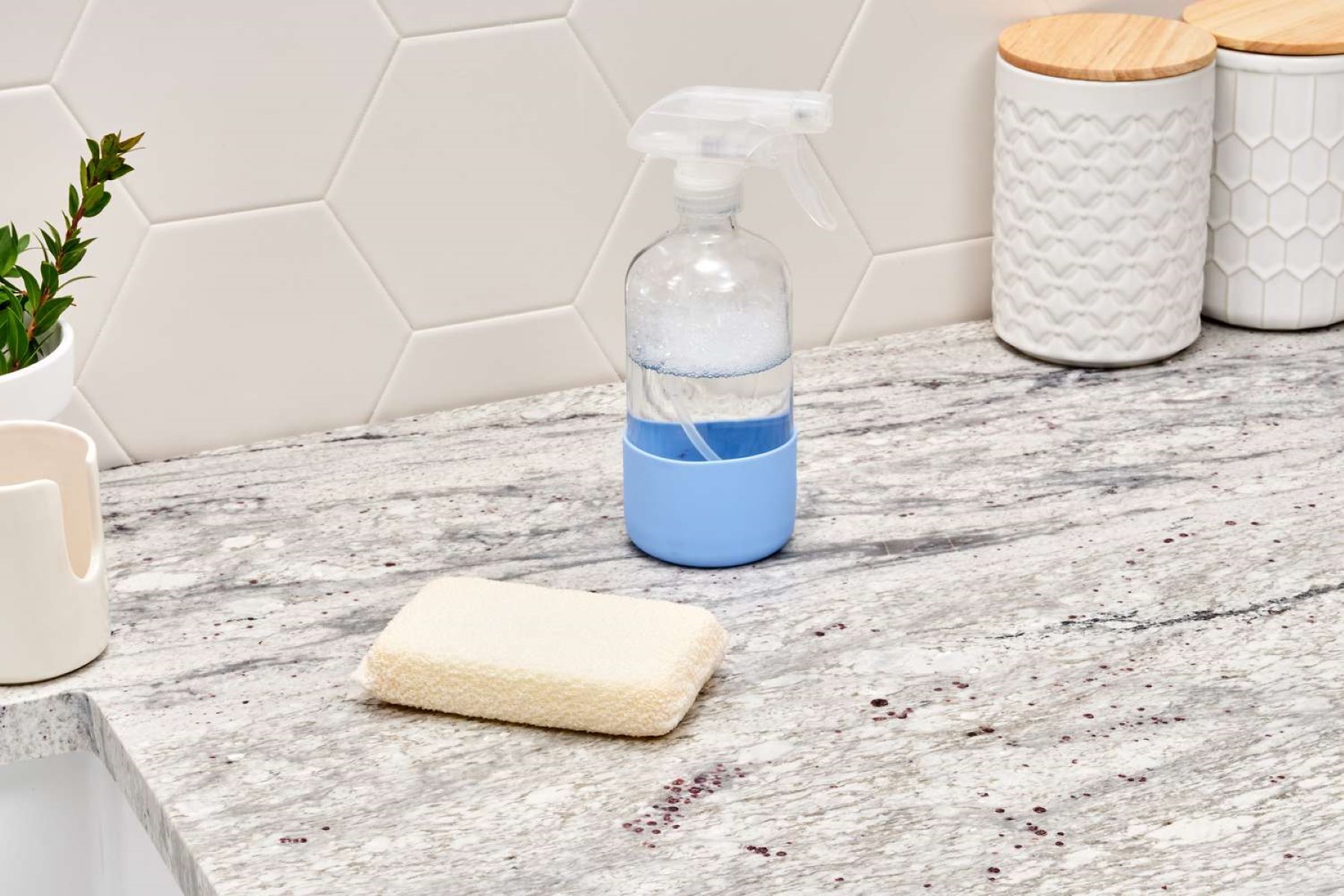
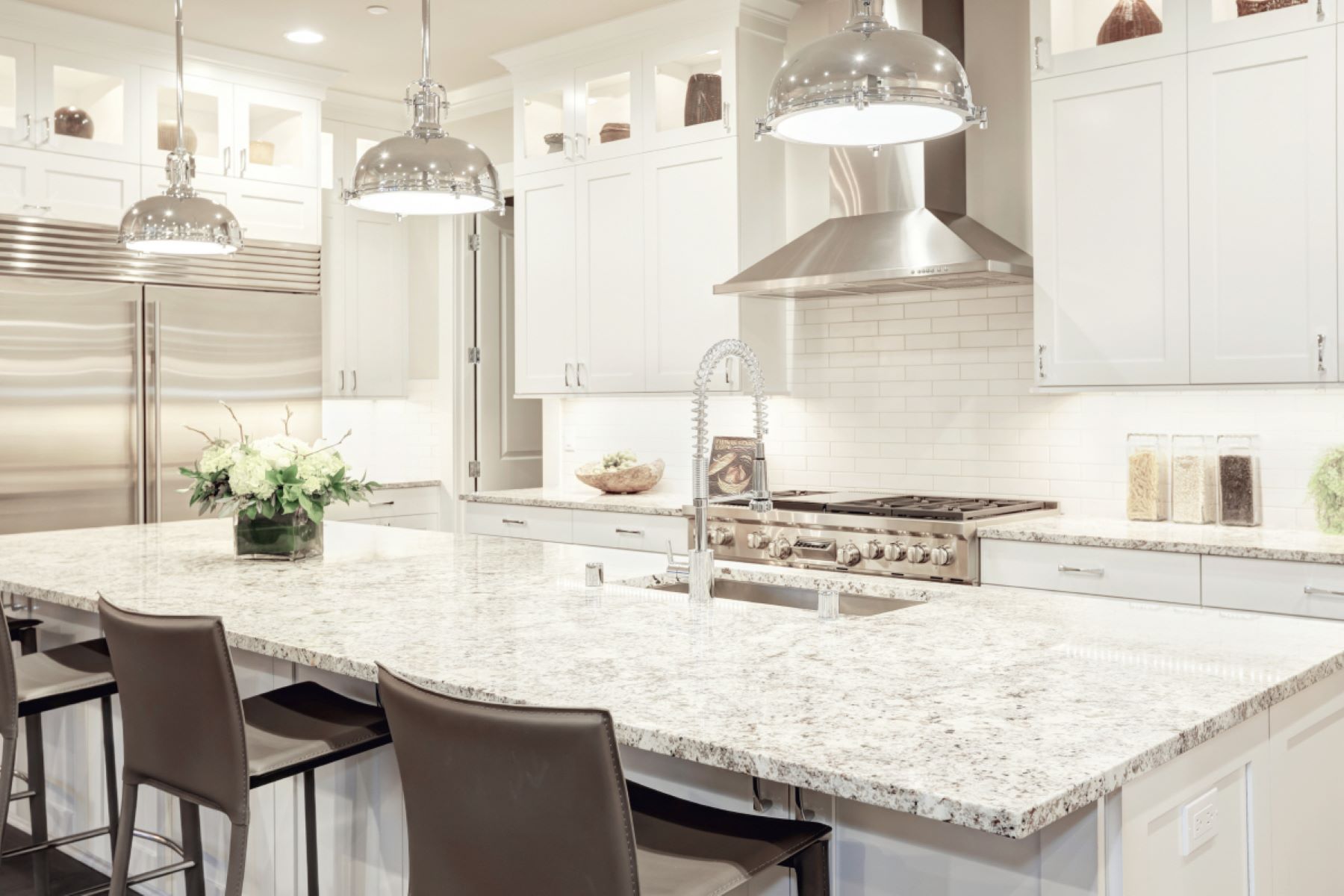
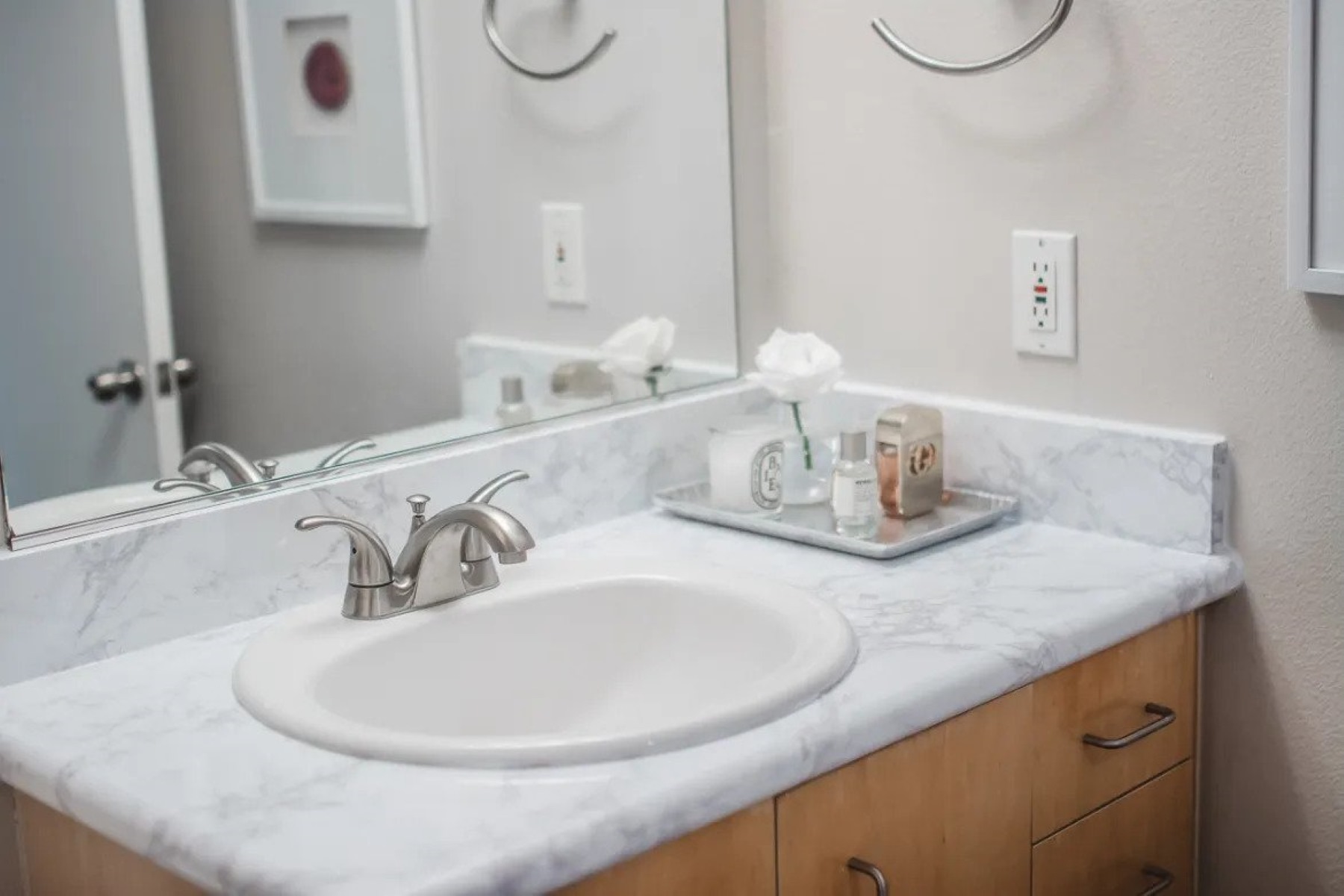
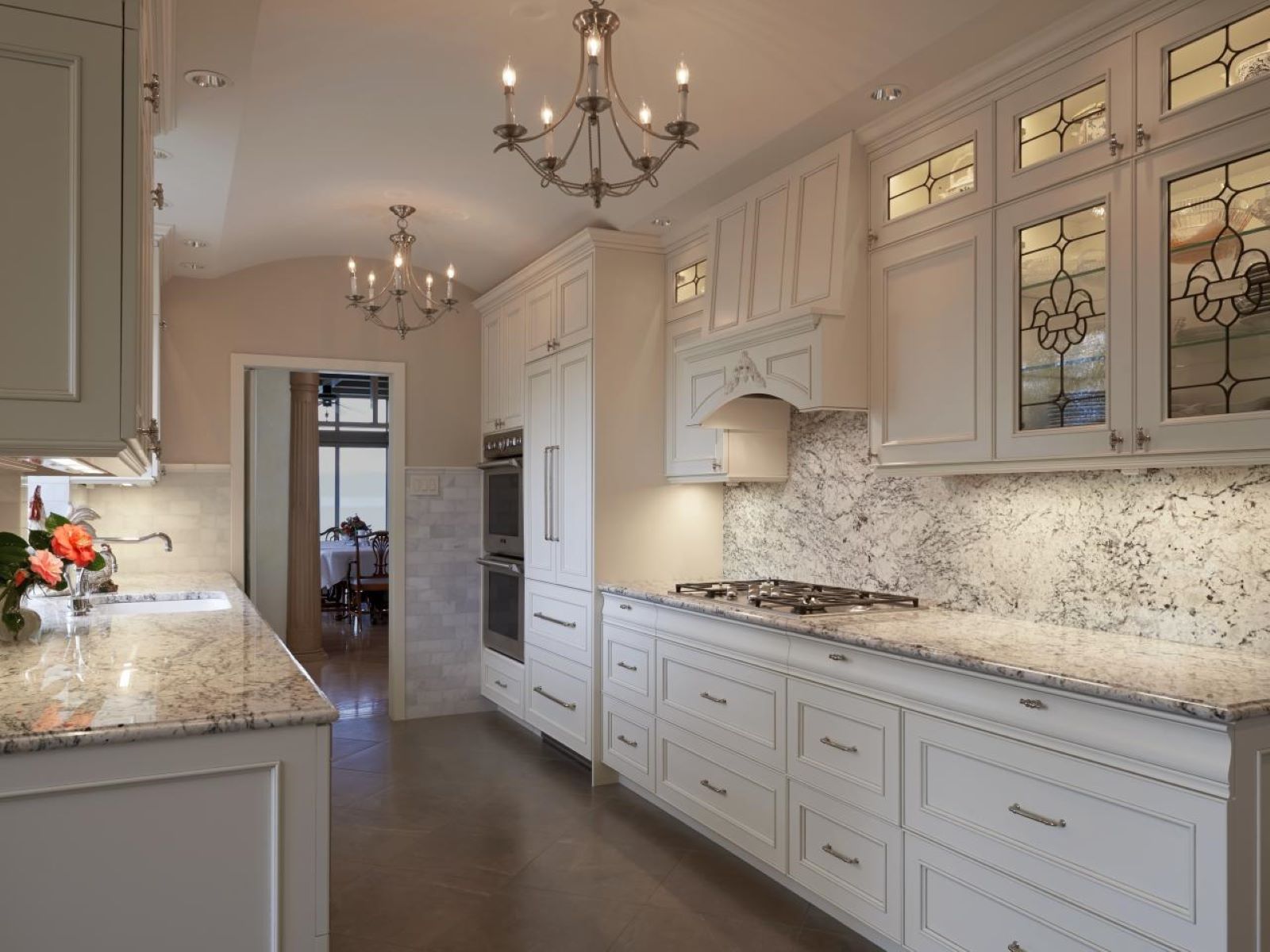
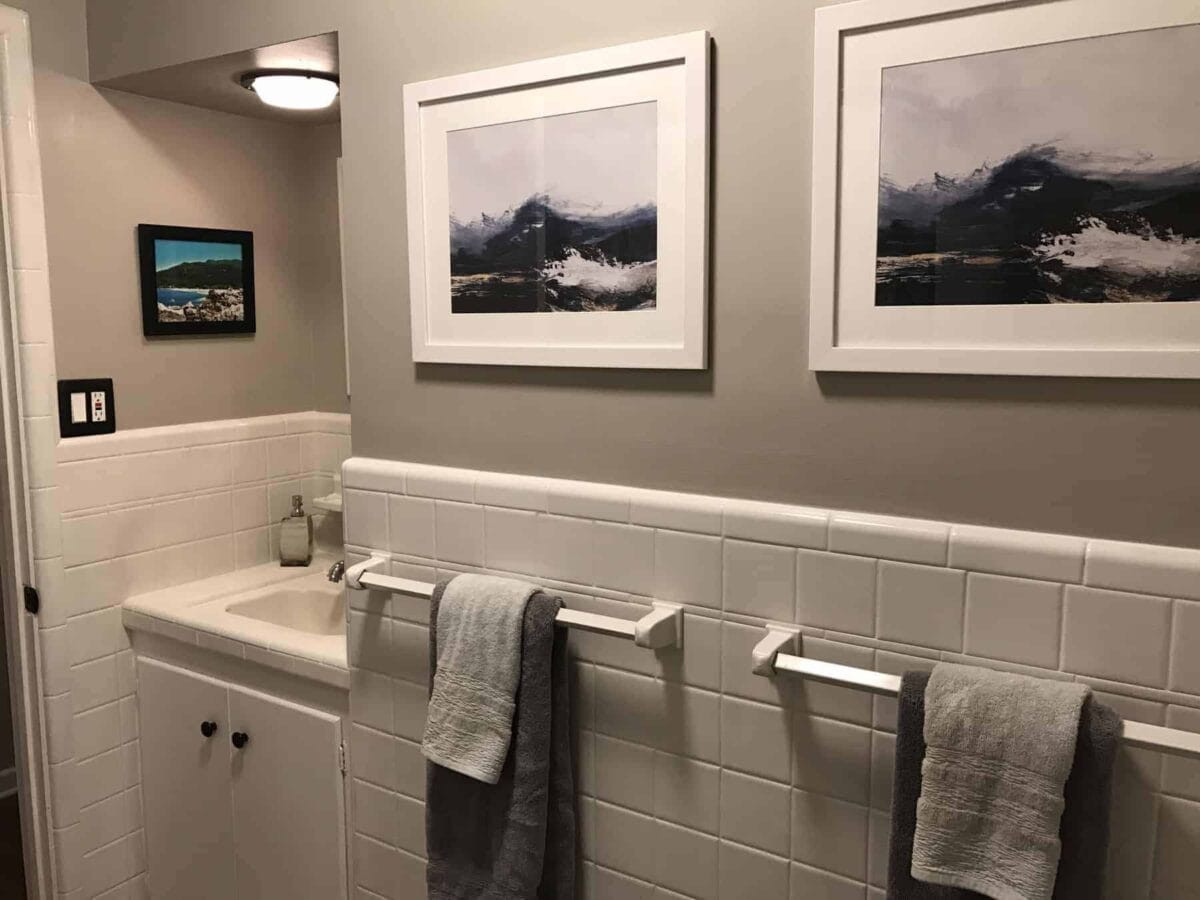

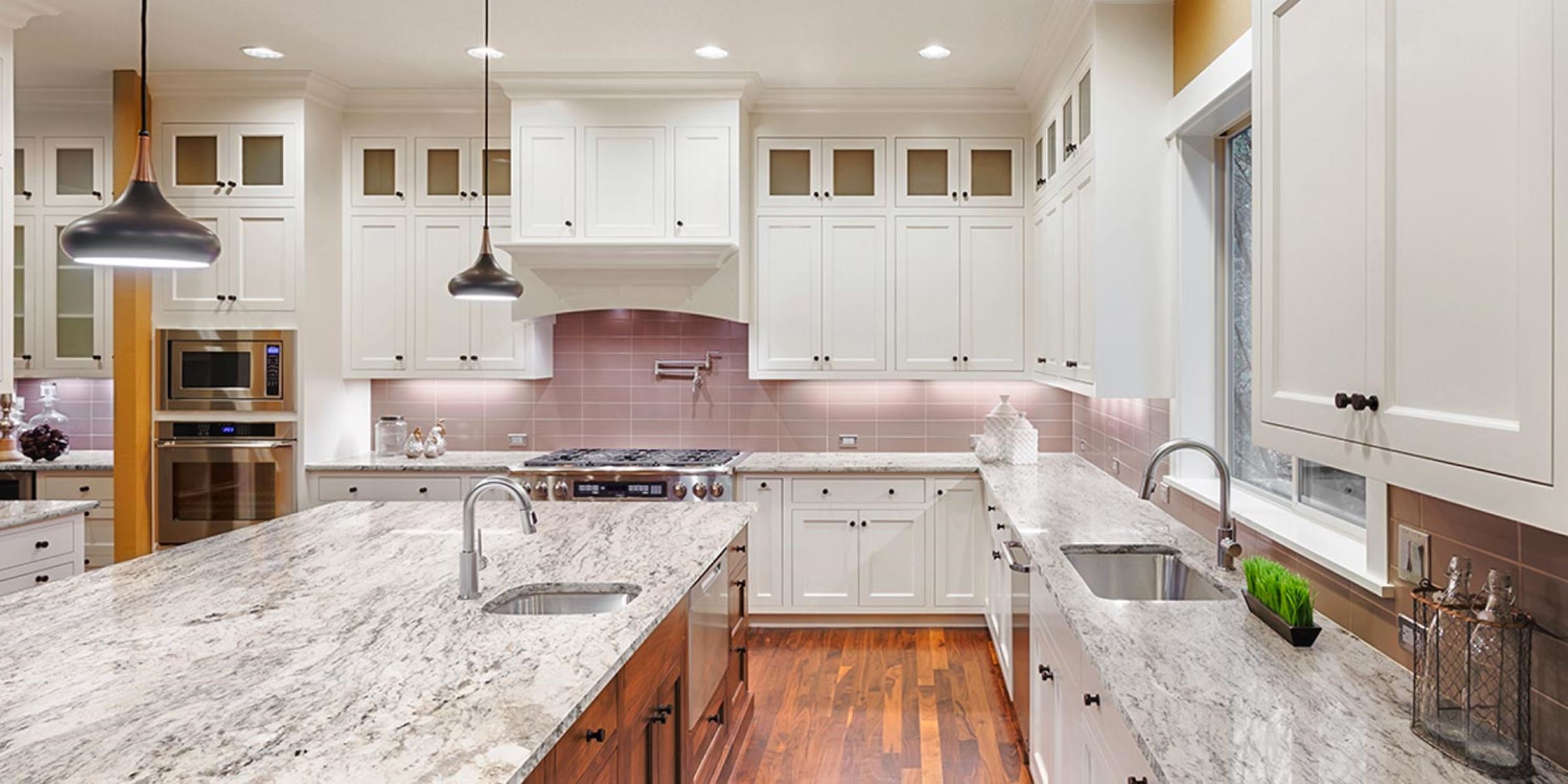
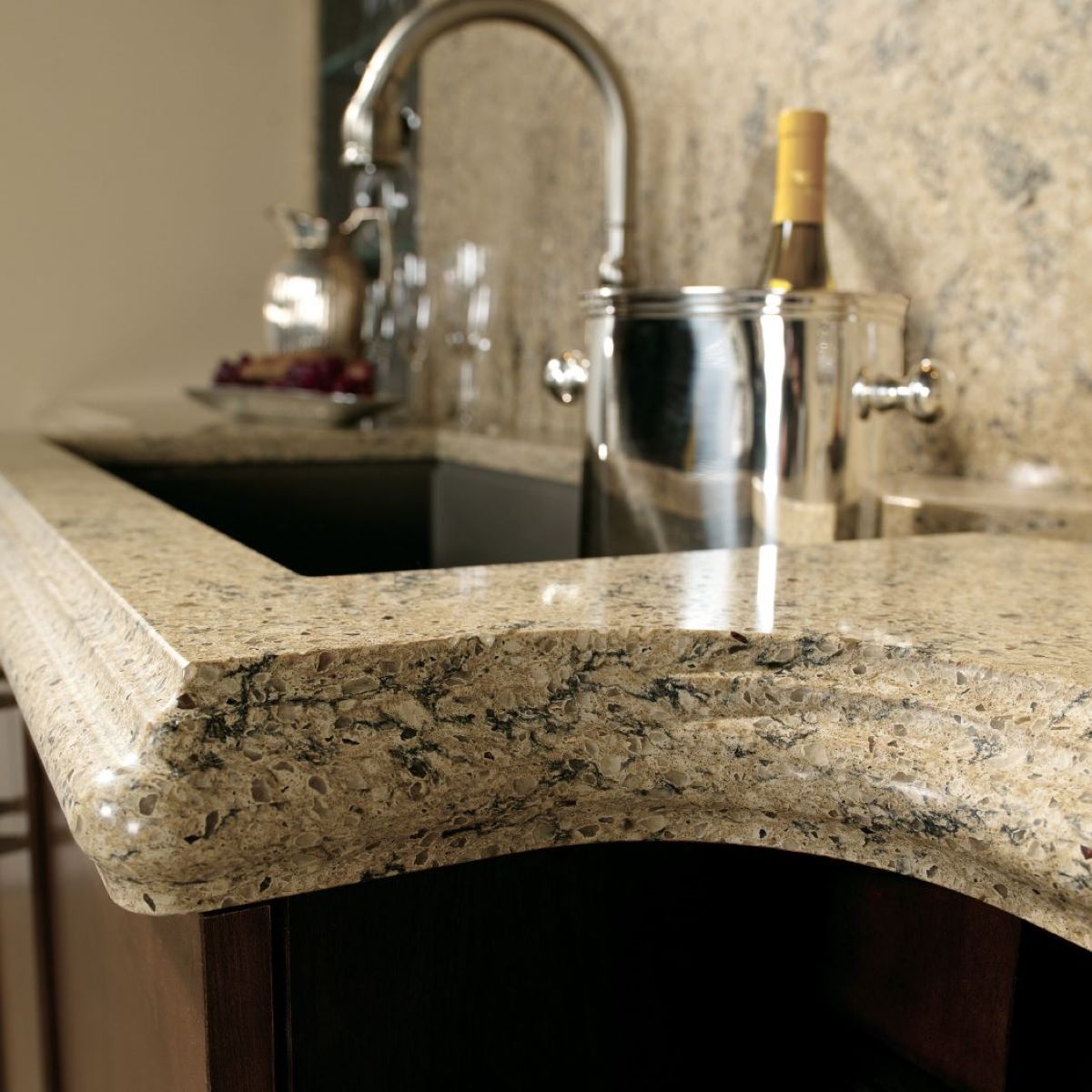
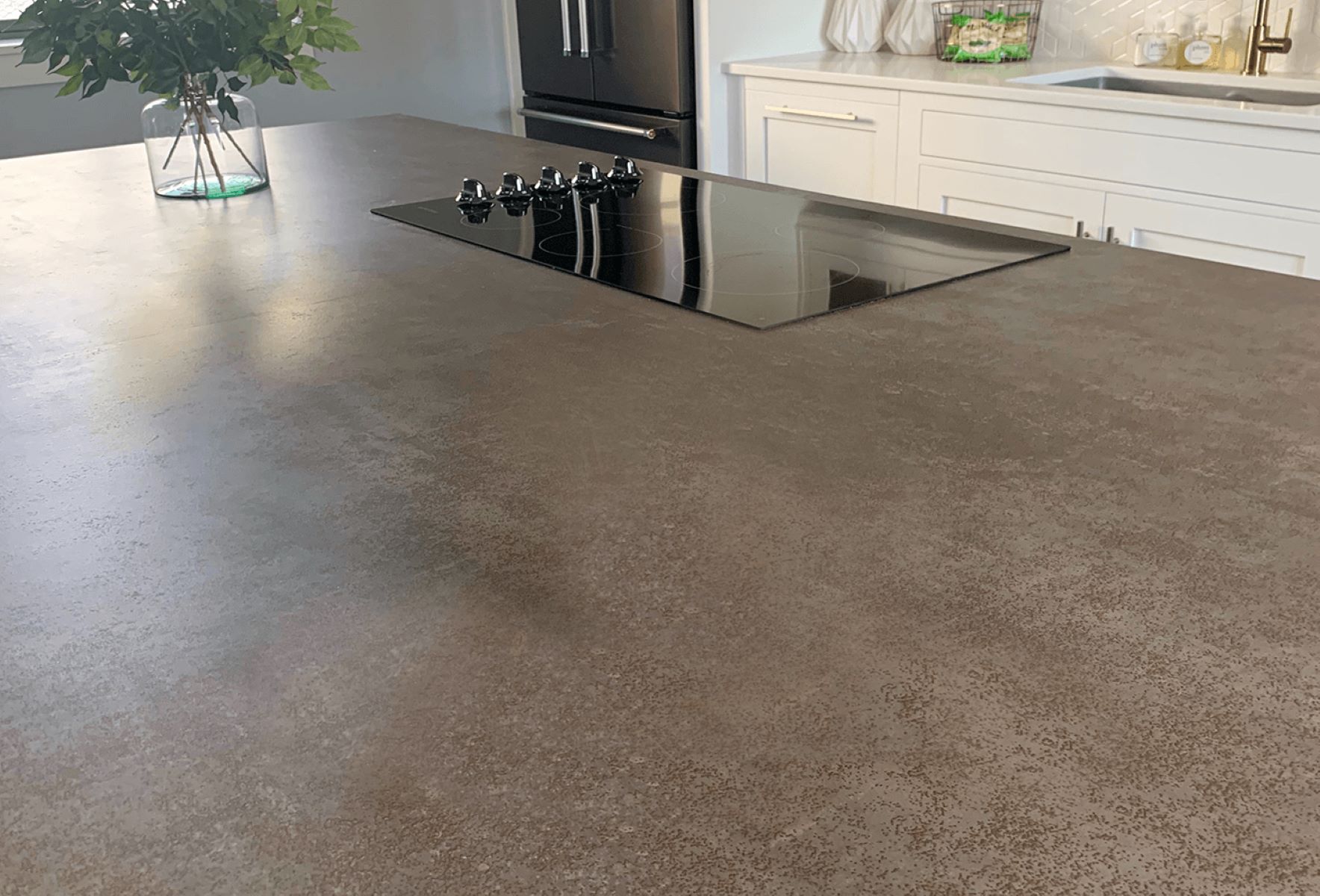
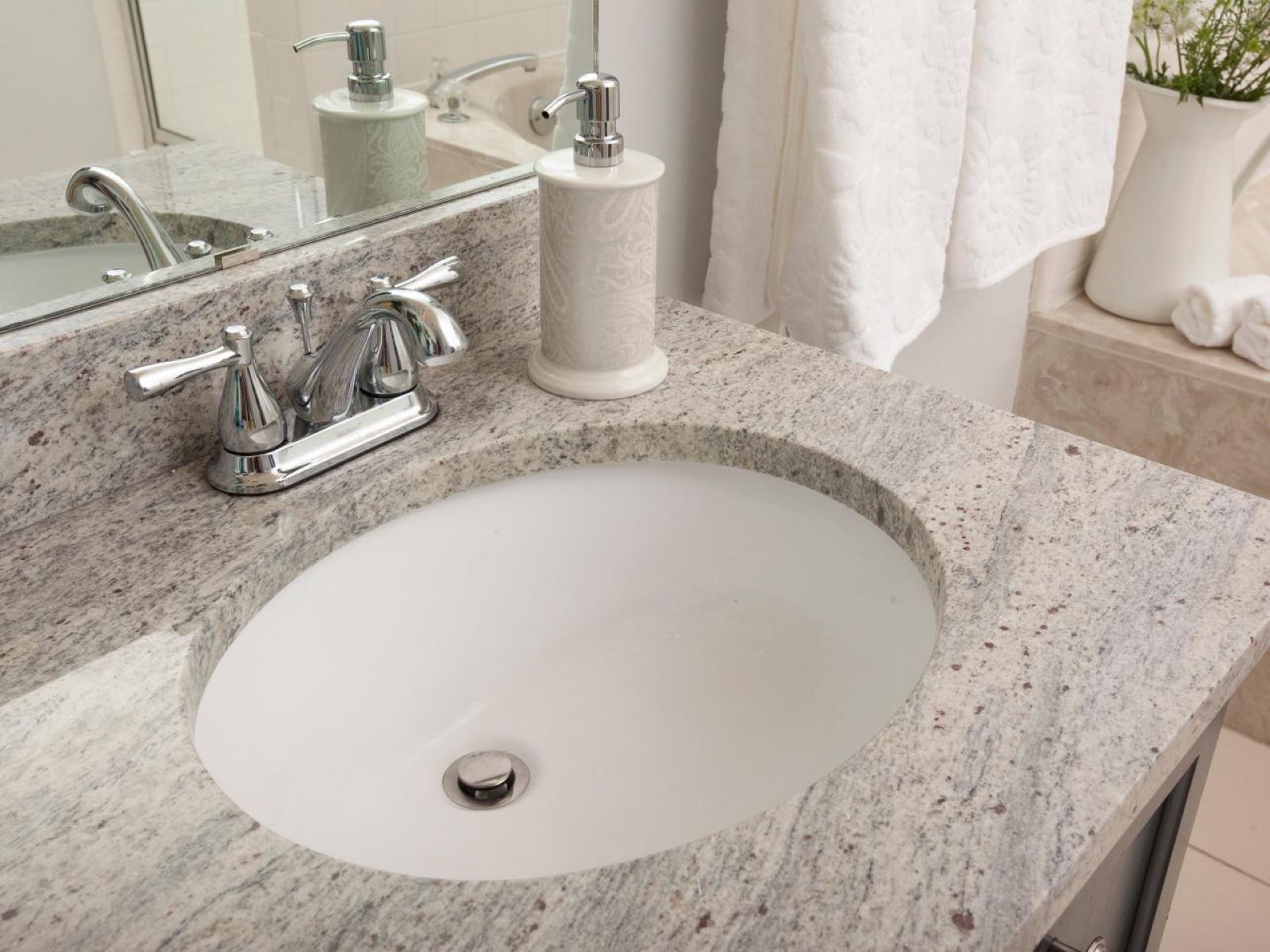
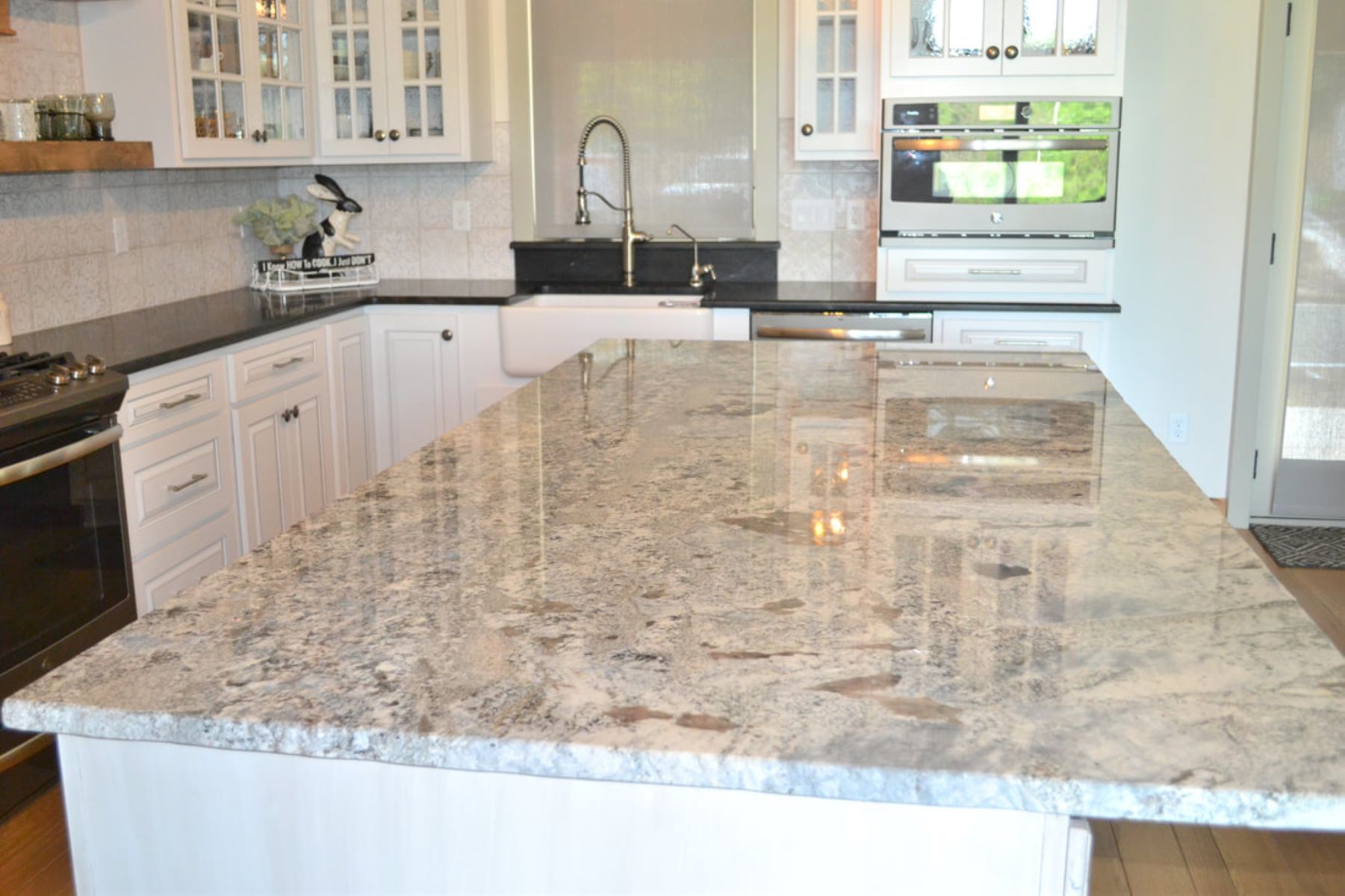

0 thoughts on “How To Update Granite Countertops Without Replacing”